Skin cancer is one of the most common forms of cancer, but the good news is that it’s often preventable and highly treatable when detected early. Understanding how to identify the signs and symptoms of skin cancer can be lifesaving. This article will guide you through the essential steps to detect skin cancer early, helping you stay informed and proactive about your skin health.
What is Skin Cancer?
Skin cancer occurs when the skin cells grow abnormally and form a tumor. These abnormal cells can invade surrounding tissues and spread to other parts of the body. There are three major types of skin cancer:
- Basal Cell Carcinoma (BCC): The most common form of skin cancer, often developing on sun-exposed areas of the body.
- Squamous Cell Carcinoma (SCC): This form can also occur in sun-exposed areas but tends to spread more quickly than BCC.
- Melanoma: The deadliest type of skin cancer, melanoma can develop anywhere on the skin, not just in areas exposed to the sun.
Why Early Detection Matters
The earlier skin cancer is diagnosed, the better the chances of successful treatment. When caught early, skin cancer can often be treated with simple, non-invasive procedures. However, if left untreated, certain types of skin cancer, particularly melanoma, can become life-threatening.
The ABCDE Rule for Detecting Melanoma
One of the most effective methods for detecting skin cancer early is by using the **ABCDE rule**. This guide helps you identify potential warning signs of melanoma, the most dangerous form of skin cancer.
- A – Asymmetry: If you draw a line through a mole, one half should mirror the other. If it doesn’t, this asymmetry can be a warning sign.

- B – Border: A benign mole has smooth, even borders. Watch out for moles with jagged or irregular edges.
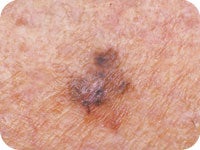
- C – Color: A mole with multiple colors (brown, black, tan, or even white and red) can indicate a problem.

- D – Diameter: Pay attention to moles larger than 6mm (about the size of a pencil eraser). Larger moles may suggest melanoma.
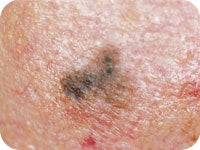
- E – Evolving: If a mole changes in size, shape, or color over time, it’s essential to get it checked by a dermatologist.
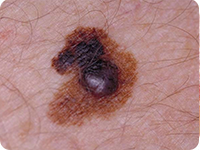
Other Signs to Watch For
In addition to the ABCDE rule, there are other symptoms to be aware of when detecting skin cancer. These symptoms can occur in areas that aren’t usually exposed to the sun, so it’s important to inspect all parts of your body regularly.
1. **New Growths or Lumps:** Any new lumps or bumps that grow on your skin and don’t heal should be evaluated.
2. **Sores That Don’t Heal:** A sore that doesn’t heal within a few weeks may be an early sign of skin cancer.
3. **Itching or Tenderness:** If a mole or spot on your skin becomes itchy, painful, or tender, it’s time to see a doctor.
4. **Redness or Swelling:** Be mindful of any redness or swelling that spreads beyond the border of a mole or spot.
5. **Changes in Texture:** Skin cancer may cause rough, scaly, or crusty patches on the skin.
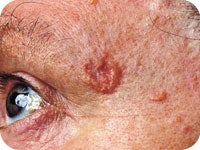
Risk Factors for Skin Cancer
While anyone can develop skin cancer, certain factors increase your risk. Understanding these risk factors can help you take preventive measures and remain vigilant.
- Excessive Sun Exposure The most significant risk factor for skin cancer is UV radiation from the sun or tanning beds. Protect your skin by using sunscreen and wearing protective clothing.
- Fair Skin, Light Hair, and Eyes: Individuals with fair skin, blonde or red hair, and light-colored eyes are at a higher risk.
- Family History: If you have a family history of skin cancer, especially melanoma, your risk is higher.
- Multiple or Atypical Moles: Having numerous moles or unusual moles increases your risk of developing melanoma.
- Weakened Immune System: Individuals with weakened immune systems are more susceptible to skin cancer.
- Age: While skin cancer can develop at any age, older adults are more likely to be diagnosed.
How to Perform a Skin Self-Exam
Performing regular skin self-exams is a proactive way to detect skin cancer early. Here’s a step-by-step guide:
1. Set Up: Stand in front of a full-length mirror in a well-lit room. You may also need a hand mirror to check harder-to-see areas.
2. Start with the Face: Examine your face, ears, neck, and scalp. You may need a partner to help check your scalp thoroughly.
3. Move to the Torso: Look at your chest, abdomen, back, and sides. Don’t forget to check under your breasts.
4. Check the Arms and Hands: Examine both sides of your arms, including the underarms and fingernails.
5. Legs and Feet: Finally, inspect your legs, including the soles of your feet, toenails, and spaces between your toes.
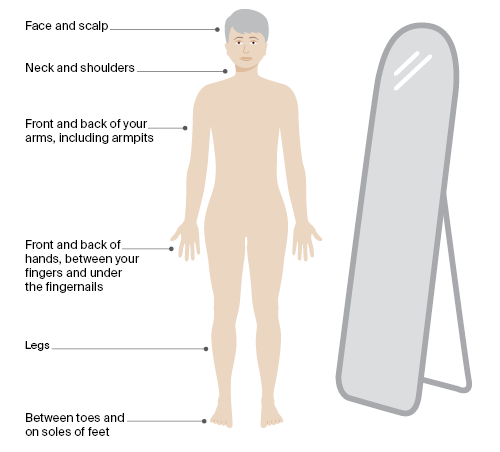
When to See a Doctor
If you notice any suspicious moles, spots, or changes in your skin, make an appointment with a dermatologist. Skin cancer screening is a quick and painless process, and your doctor can determine whether further testing or biopsy is needed.
Preventing Skin Cancer
While early detection is crucial, prevention is equally important. Here are some tips to protect your skin:
– Apply Sunscreen Daily: Use broad-spectrum sunscreen with an SPF of at least 30 every day, even on cloudy days.
– Avoid Peak Sun Hours: The sun’s rays are strongest between 10 a.m. and 4 p.m. Try to stay in the shade during these hours.
– Wear Protective Clothing: Hats, sunglasses, and long sleeves can help shield your skin from harmful UV rays.
– Regular Skin Checks: Get a professional skin check from a dermatologist at least once a year, or more often if you’re at high risk.
Conclusion
Detecting skin cancer early can be the difference between a simple treatment and a more severe health issue. By understanding the signs and performing regular self-exams, you can take control of your skin health. Remember, if in doubt, it’s always best to consult with a dermatologist. Prioritizing early detection and prevention will help you maintain healthy, cancer-free skin.
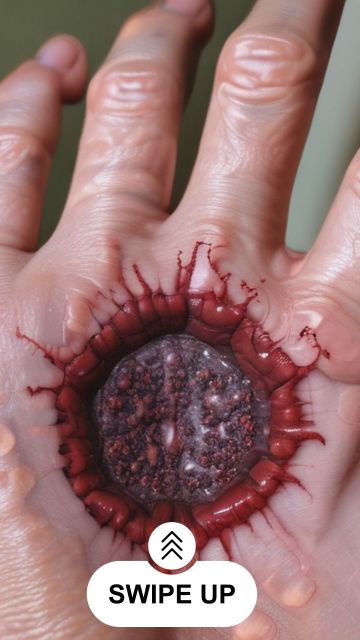














Leave a Reply